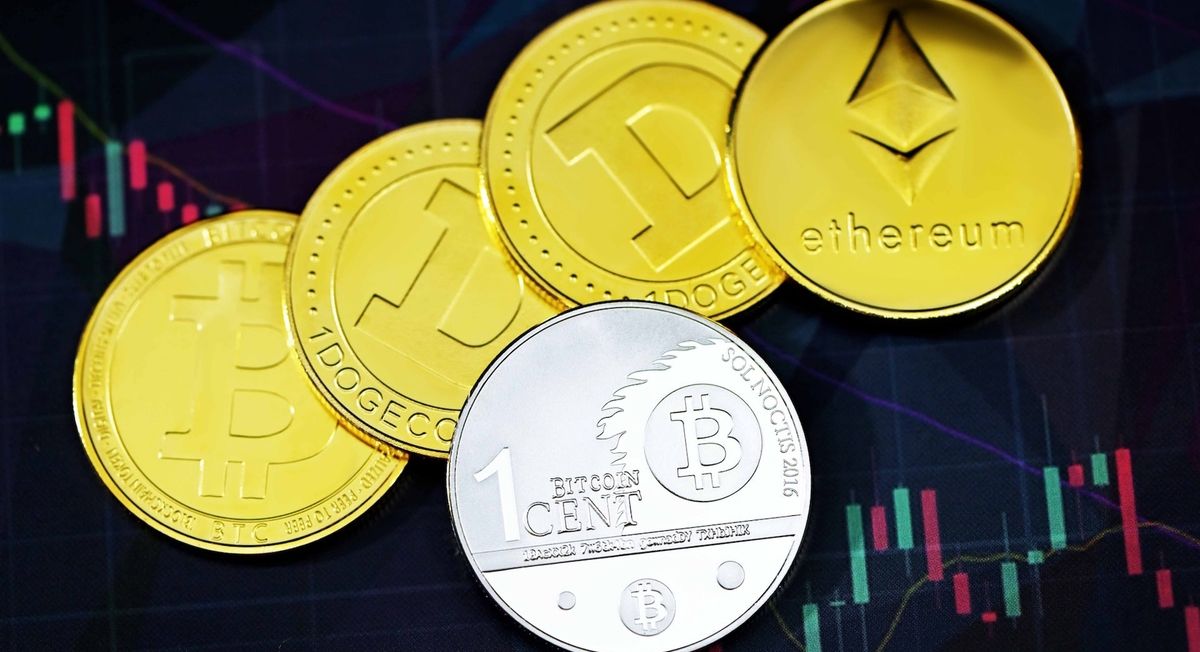The popularity and growth of cryptocurrencies has drawn many people’s attention to cryptocurrency trading. In addition, the possibility of earning greater profits with a leveraged account has increased people’s interest. However, mismanaging a trade can lead to liquidation, where you lose all your money.
So, what is crypto liquidation and how can you avoid it?
What is crypto liquidation?
Cryptocurrency liquidation occurs when a trader’s position is forced to close due to insufficient margin to cover an ongoing loss. It happens because traders are unable to meet the margin requirement for their leveraged position. Therefore, a trader’s position will automatically be liquidated since they do not have enough money to keep the trades open.
Liquidation can be either compulsory or voluntary. A forced liquidation is the automatic closure of a position when a trader is unable to maintain the necessary funds for the position. On the other hand, voluntary liquidation is when traders decide to remove their money from a losing trade. It also comes with the privilege of gradually closing its leveraged positions. A compulsory liquidation is carried out by the lender, which is the exchange platform, while the trader carries out a voluntary liquidation.
Lending and liquidation
Leveraging your account has advantages because it allows you to profit from small price movements. But if you don’t take precautions, it can be a big disadvantage as it exposes you to more risk. A sudden price change can turn a profitable trade into a big loss if not managed well.
Leverage in crypto trading means borrowing additional funds from an exchange platform to take on trading positions that your current capital cannot provide you. Before you are loaned additional funds, the exchange platform will ask for collateral, which means you will have to provide some of your capital. This security is called the “initial margin.” Liquidation occurs when you cannot meet the margin requirements for your position(s). With leverage, liquidation can even happen faster.
Suppose you have $100 in your trading wallet and choose to use a leverage of 10x. Your positions will automatically be multiplied by 10, allowing you to open a $1000 trading position. In addition, your profit and loss will be ten times greater than it would be without leverage. For example, let’s say you go long on BTCUSD (you are betting that the market will move up). If your trade increases by 5%, with leverage, it will return $50, meaning that with just a 5% move, you’ve made half of your original margin. That’s a lot, right?
On the other hand, if the trade results in a 2% loss, your initial margin will be reduced by $20. Should the loss continue without a proper crypto risk management strategy to mitigate the loss and the price moves against you by just 10%, the broker will have no choice but to liquidate your position. Without leverage, you would only have a 10% loss.
Exchange platforms make margin calls before liquidating accounts. A “margin call” is a demand from your exchange that you deposit additional funds to prevent your position from being closed. If you fail to add more funds to your margin account, your account may be terminated. However, there can be no liquidation if the trader can add more funds to cover the losses on the account.
Types of liquidation
There are two types of liquidation, with the biggest difference being the degree to which your trading positions are closed out. They also apply to compulsory liquidation and voluntary liquidation.
Partial liquidation
Partial liquidation involves closing part of your position to reduce your risk exposure. This type of liquidation is usually voluntary, and traders do this in order not to lose their entire trading share.
Total liquidation
Total liquidation involves selling your entire trading balance to cover losses. It usually occurs in cases of compulsory liquidation when traders do not meet the margin call requirement. In such situations, the exchange will automatically close the trader’s positions to cover the losses.
In some serious cases, liquidation can lead to a negative balance. Some exchanges cover such losses using various methods, of which settlement with insurance funds is one of the most popular.
Insurance fund
To cover losses from bankruptcy positions, certain cryptocurrency exchanges use various methods, one of which involves the use of insurance funds. These funds act as a form of protection for exchanges, allowing them to absorb losses and allocate enough resources to compensate profitable traders. In case of bankruptcy, when the liquidation price exceeds the initial margin, the insurance fund will be used to absorb the loss, ensuring crypto traders from getting a negative balance.
2 ways to avoid liquidation
There are some methods you can practice that will help reduce liquidation risk.
1. Determine your risk percentage
It is important to decide how much money you are willing to lose and what percentage of your trading account you are willing to risk per trade. Experts suggest that you risk no more than 1% to 3% of your account on a single trade. For example, if you risk 1% of your account on each trade, you need to lose at least 100 trades in a row to lose your account.
So, what is influence for? Leverage can help you reach your price target with small changes in the price of your investment. This means you can reach your goal faster than if you didn’t use leverage.
2. Always use a Stop-Loss
When trading, it is useful to use a stop-loss order to reduce the amount of money you can lose if the market goes against your expectations. For example, if you place a stop-loss order at 2% below the entry price, any potential losses will be limited to that level if the trade does not go as planned. But because the crypto market can be very unpredictable and volatile for various reasons, without a stop-loss order, losses can get out of control and cause you to lose a lot of money or even all your trading funds.
Apart from limiting potential losses, stop-loss orders prevent you from making rash decisions during market volatility. Most crypto trading platforms offer this feature at no extra cost. However, it is important to remember that using a stop-loss order does not guarantee that you will make money when you trade, as this depends on the quality of your decisions. Nevertheless, the order can help reduce the rate at which you lose money.
Always manage risks to avoid liquidation
Lending positions can result in a quick profit, but they can also result in liquidating your account with a single bad trade. Therefore, it is wise to use reliable trading tactics along with risk management techniques such as stop-loss orders and predetermined trading risks to reduce the chances of liquidation.



